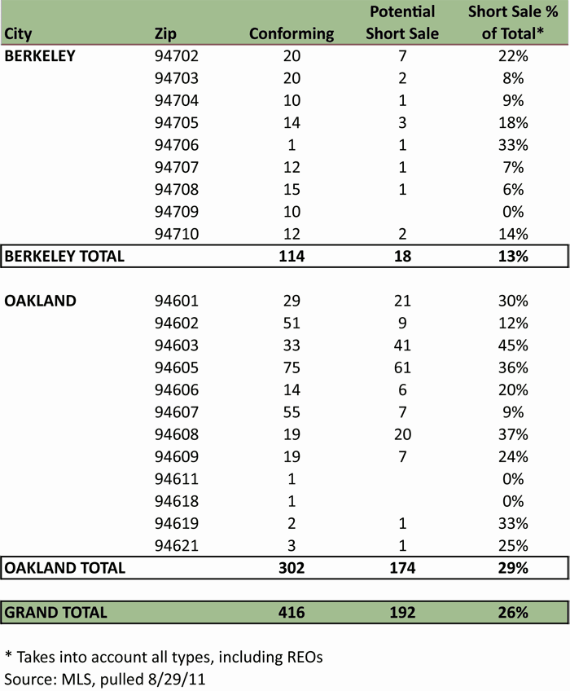In 1999, my husband and I purchased a major fixer in Redwood Heights. At the time my daughter Nia was 2 1/2and my son was 8 months old. I was so excited about moving into the neighborhood that I lived in during my elementary and middle school years. I visited Redwood Heights Elementary as soon as I was in contract on my house and found several teachers from my youth in the hallways. There was an immediate warmth that embraced me with this neighborhood. The reasons I bought in this community was the elementary school, the recreation center, the diverse community and it was a true neighborhood that fit my budget. I didn't want to compromise and purchase a small house that I would outgrow, I wanteda three bedroom, 2 bathroom home with a yard and a sidewalk out front. For my husband and I, it was not important to walk to BART or a high-end restaurant, as we just loved being a quick 5 minute car ride to almost anywhere we needed to be. 13 years later I am still in my 1951 Redwood Heights horseshoe shaped rancher and I have no intentions of moving. I have restored many aspects of the property, I know all of my neighbors and it is comforting and familiar like your favorite down throw. Over the past 3 years my neighboring houses are selling for less, making Redwood Heights a great place to invest. Here you can get a larger home in one of Oakland's stand out communities. Check out the newest neighborhood video visioned by and created for Red Oak Realty, Redwood Heights. (continue on below to view market stats.)
Keep in mind the prices above are averages and will vary based up, size, condition, lay-out and upgrades.
































